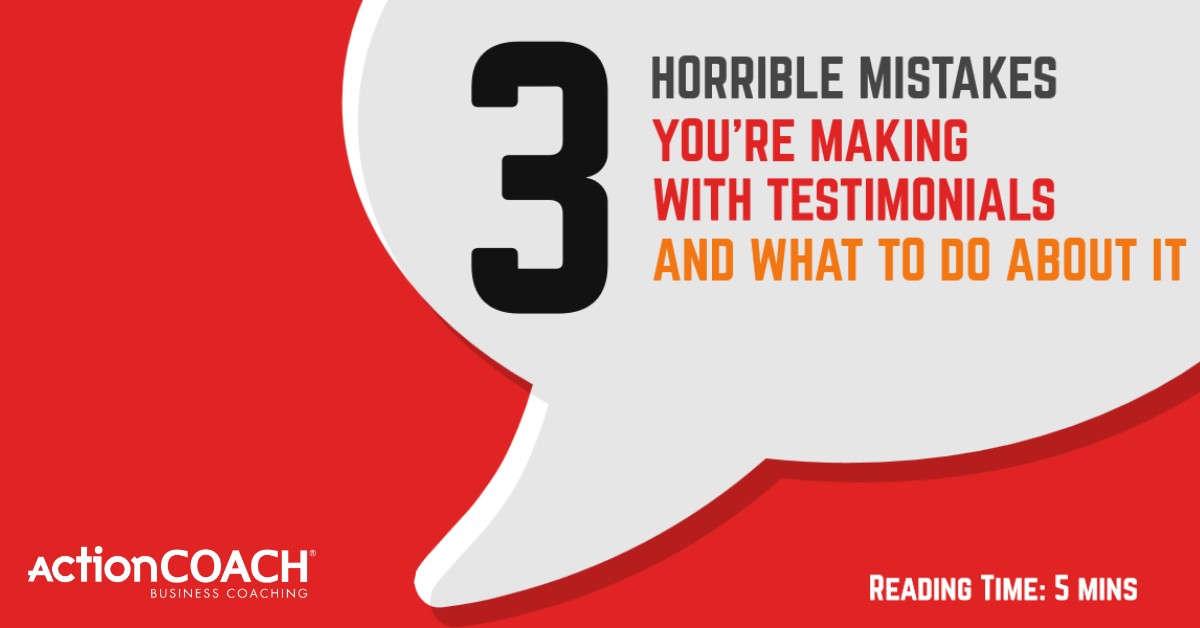Breaking Barriers: Scaling Your Small Business Beyond Yourself
If you’re an entrepreneur, you’ll likely be wearing multiple hats during the workday. You’ll be the marketing manager, the finance director, the accountant, and – on those days when your computer just isn’t playing ball – the head of IT, too.
If this sounds familiar, it’s probably time to consider scaling your business beyond yourself.
Resident coach Dan Crompton has helped many of our clients hire teams and grow their businesses – and is here to share his expertise.
It’s time to delegate
One of the biggest challenges entrepreneurs face is recognising that they must relinquish some control and start delegating.
From our experience, many sole traders work 60+ hours a week; they’re already at capacity and can’t take anything else on. In this situation, the only way to grow is by delegating.
To do this, you need to complete a time audit. Set a period of time – we advise two weeks – and for every working day in that period, record what you’re doing in two hour-slots. You might be shocked to see how much time you spend on admin, emails, client calls, invoicing, and marketing. Dan explains that a time audit is usually a “massive eye-opener for the things which absolutely should be delegated to someone else”.
Once you’ve done that, then it’s a good idea to try to identify which of those tasks you class as low-value, aren’t the best use of your time, or that you simply don’t enjoy doing. “If you can get those things off your plate, imagine what you could do with that time instead. You could be doing activities that will generate significant growth for the business”, Dan says.
Your list of tasks to be delegated can then be used to create a job description, which leads us to our next step: hiring.
Building a team
Scaling a small business by hiring someone for the first time is daunting. There’s no two ways about it: it can make a big difference to your business if you get it right and a massive difference if you get it wrong.
To make the process less intimidating, make sure you’ve done a cash flow forecast. When it comes to recruitment, you get what you pay for, so you need to know what you can afford. And if you don’t feel like you have the financial stability to hire someone full-time, consider a part-time role: in Dan’s experience, there are many great job candidates nowadays who want to work three or four days a week.
Or maybe if you have a busy spell coming up where those day-to-day tasks are really going to stretch you, you could consider outsourcing. “When it comes to expanding your business, you don’t always have to be thinking about an employee”, says Dan: “You might get more value for money if you hire an agency for a few months”.
No matter what option you choose for scaling your business, it’s almost inevitable that you’ll have some concerns about employees representing your brand – especially in customer-facing roles which you’d have previously done yourself. “There’s a big fear about letting go, and that’s a journey that every business owner has to go through,” explains Dan. “It’s not about losing control, but you do have to relinquish control – and that’s a really big step that we take many of our clients through”.
Team roles and responsibilities
If you’re building a business team – no matter how big that team is – you need to ensure every employee knows their role.
And, as the business owner, this starts with you. Dan’s advice is to look at your own job description first: it’s important you know what you need to be doing and equally, what you don’t. Write a “to-do” list and a “stop-doing” list.
The “stop-doing” list will allow you to create a clearly defined job description for your new recruit(s). This will naturally evolve over time, but from day one, you – and your team – need to understand the tasks involved in each role and the key performance indicators (KPIs) which will indicate whether everyone is doing a good job. This won’t just help you but your team, too. “KPIs mean your team will feel confident about their work. It’s not just about the tasks, but also how you’re going to measure those tasks’ success”, Dan adds.
To build a successful business team of self-sufficient individuals, you also need to instil a culture of responsibility when you’re setting out the expectations and daily outputs for each role. “One of the best strategies is not just to delegate tasks. Don’t just say, “Fill out this spreadsheet by tomorrow morning”; delegate the responsibility for that task as well. So if an issue arises, your employee looks for the solution themselves – because it’s their responsibility, not just their task”, advises Dan.
Creating systems and processes
Now it’s time to start putting some systems and processes in place. And Dan advises that the best place to start is – once again – with yourself: “Systemise all that information in your head. You know how to do your job with your eyes closed. You know your clients. Now, you need to get all of that information out of your head and into the business itself.”
These systems and processes could be in the form of checklists, phone call scripts, email templates, document templates, or anything that helps your first hires successfully do the tasks you’ve been doing for so long.
As your team grows and roles evolve, you’ll find that the systems put in place for employee number one will differ from those for employee number five – so be prepared for this to be an ongoing project.
And if you’re unsure what systems you should put in place we can help. We’ve assisted our clients with developing processes for almost every aspect of growth: from frameworks to help you recruit the right person the every time, to systems which will help every member of your team complete their tasks quickly and efficiently.
Becoming a leader
Going from a one-person band to ‘the boss’ means there’ll be a change in your role, too. Often, this means you’ll have less time to work directly with the products and services your business sells – although, as Dan is quick to point out, this is your business, so you can choose how much of the “day job” you retain.
But, you have a new role now: “Your job now is to manage the team; own and scale the business; come up with strategies; hiring (and firing); drive the marketing. That’s your role now, regardless of what industry you’re in”. This means you’ll have to learn how to manage – and communicate – as a leader, and for this, Dan’s top tip is grabbing a copy of Michael E Gerber’s “The E-Myth”. It’s the first book we give all of our clients and will help you shift from the mindset of being the technician in your business to hiring people to take over that responsibility.
A tried and tested method
Our coaching methods for scaling businesses are tried and tested. One of our clients has grown his business from just himself to twenty people using precisely the strategies outlined above.
By following our process of completing a time audit, realising he needed to delegate, hiring his first employee and supplying her with a clear job description and KPIs, he’s now in a position where he’s looking at hiring his first directors and building a board. He’s recruited extremely well and has focused on bringing people into his team who are not just managers but leaders. And that first hire is still with him – in fact, she’s been promoted and is a precious asset to the business.
Can’t wait to start?
If that success story has inspired you, why not book a free coaching session with Dan? He can help you understand the numbers behind hiring your first employee and introduce you to our tried-and-tested frameworks to make sure you recruit the right people to help your business flourish.
And in the meantime, we highly recommend you grab “Traction” by Gino Wickman, and “Clockwork” by Michael Moscovitz alongside your copy of “The E-Myth”.



